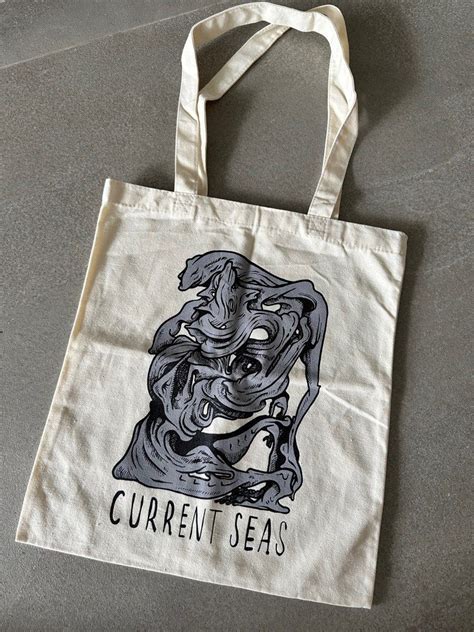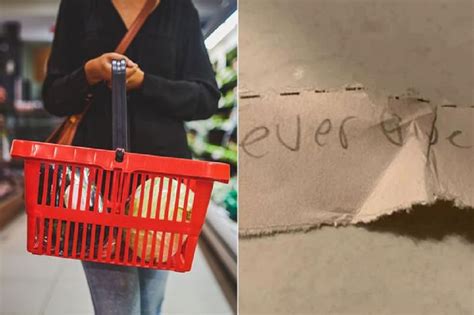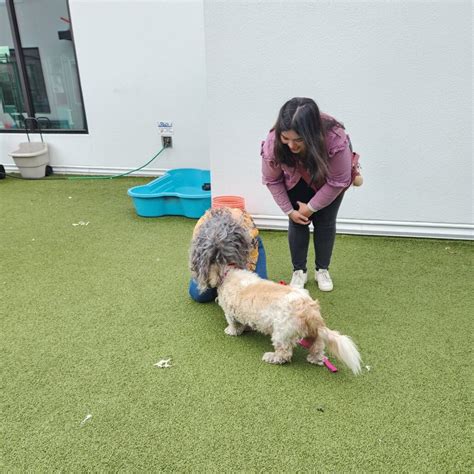
A thrift store shopper in North Carolina made an unexpected discovery inside a handbag purchased for just $3: a mysterious, handwritten note simply reading “Always.” The find has sparked widespread curiosity and speculation online, with many intrigued by the note’s potential backstory and meaning.
Raleigh, North Carolina – Audrey Boos, a self-described thrifting enthusiast, experienced an unusual twist during a recent shopping trip to a local thrift store. After purchasing a tan-colored Nine West handbag for $2.99, Boos discovered a small, folded note tucked away inside one of the bag’s inner pockets. The note contained a single word: “Always.”
Boos shared her discovery on TikTok, quickly garnering significant attention. Her initial video showcasing the note has amassed over 3.4 million views, with users offering various interpretations of the message, ranging from a poignant love letter to a cryptic reminder.
“I’m a big thrifter, so I like to go to thrift stores and see what I can find,” Boos told Yahoo Lifestyle. “I found this Nine West purse for $2.99 and thought it was really cute, so I bought it. I went home and started looking through it, and I found a note in the zipper pocket. It just said, ‘Always.’”
The simplicity of the message has fueled intense speculation. Some commenters have suggested it could be a reference to a lost love, reminiscent of the famous “Always” line from the “Harry Potter” series, while others have proposed darker scenarios. The ambiguity of the note has allowed viewers to project their own experiences and emotions onto the unknown author’s words.
Boos expressed her curiosity about the note’s origin, saying, “I was definitely curious as to who wrote it and what the context was. I’m a big romantic, so I was hoping it was something sweet.”
The online response has been overwhelmingly inquisitive, with many users urging Boos to investigate further and attempt to uncover the story behind the note. Several commenters have proposed contacting Nine West, hoping the company might offer some insight into the bag’s history or previous owners. Others have suggested analyzing the handwriting or paper to potentially glean more information about the note’s age and author.
The discovery highlights the unique allure of thrifting, where everyday objects can hold hidden stories and unexpected connections to the past. The “Always” note serves as a reminder that even seemingly ordinary items can possess profound personal significance, prompting reflection on the lives and experiences of those who came before.
The incident also underscores the power of social media to amplify personal experiences and create collective narratives. Boos’s TikTok video has transformed a simple thrift store find into a shared mystery, inviting thousands of viewers to participate in the search for meaning and context. The online community’s eagerness to decipher the note reflects a broader human desire to connect with others, understand the past, and find resonance in unexpected places.
Further adding to the mystery is the condition of the note itself. Boos described it as being folded neatly and appearing relatively old, suggesting it had been inside the bag for a considerable period. The type of paper used and the style of handwriting could potentially offer clues about the note’s age and the author’s identity.
While the true meaning of the “Always” note remains unknown, its discovery has undeniably sparked intrigue and fascination. The incident serves as a compelling reminder of the hidden stories that can be found in the most unexpected places, and the power of human connection to transform ordinary objects into sources of shared curiosity and reflection. The ongoing online discussion demonstrates the enduring appeal of mysteries and the human desire to uncover the narratives that shape our world.
Detailed Analysis and Expanded Context:
The story of Audrey Boos’s thrift store find resonates deeply because it taps into several universal themes: the allure of the unknown, the human desire for connection, and the potential for hidden meaning in everyday objects. Thrifting itself has become increasingly popular, driven by factors such as environmental consciousness, budget constraints, and the thrill of discovering unique and vintage items. This context amplifies the significance of Boos’s discovery, as it highlights the possibility of uncovering not just material goods, but also fragments of personal history.
The “Always” note, in its stark simplicity, functions as a Rorschach test for viewers. Its ambiguity allows individuals to project their own experiences, hopes, and fears onto the message. For some, it evokes romantic notions of enduring love, reminiscent of iconic literary and cinematic declarations. The reference to “Harry Potter” is particularly relevant, as Severus Snape’s “Always” has become a symbol of unwavering devotion, even in the face of death.
However, the note’s ambiguity also allows for darker interpretations. Some commenters have suggested it could be a reminder of a lost loved one, a promise made and broken, or even a cryptic message related to a difficult or traumatic experience. This range of interpretations speaks to the complexity of human emotions and the potential for single words to carry immense weight.
The online response to Boos’s video underscores the power of social media to transform personal experiences into collective narratives. The video’s viral success is a testament to the shared human fascination with mysteries and the desire to connect with others through shared experiences. The comments section of Boos’s video functions as a virtual detective agency, with users offering theories, suggestions, and even attempts to analyze the handwriting on the note.
The call for further investigation highlights the inherent human desire to uncover the truth. Viewers have encouraged Boos to contact Nine West, hoping the company might have records of the bag’s previous owners or manufacturing details. Others have suggested consulting handwriting experts or analyzing the paper to determine its age and origin. This collective effort reflects a broader cultural trend of amateur sleuthing, fueled by the accessibility of information and the desire to participate in solving mysteries, both large and small.
The Nine West handbag itself adds another layer of context to the story. As a widely recognized brand, Nine West represents a specific era of fashion and consumer culture. The bag’s tan color and design could potentially offer clues about its age and the social context in which it was originally purchased. Further research into Nine West’s history and design trends could potentially provide additional insights into the bag’s origins and the potential identity of its previous owner.
The “Always” note can also be interpreted as a metaphor for the enduring power of memories and the enduring impact of human connection. Even after objects are discarded or repurposed, they can still carry traces of the past and evoke strong emotions. The note serves as a reminder that even seemingly insignificant items can possess profound personal significance and that the stories we create and share can outlive us.
The act of thrifting itself can be seen as a form of historical exploration, allowing individuals to connect with the past through the objects that people once owned and cherished. Thrifting offers a tangible link to previous generations and allows us to imagine the lives and experiences of those who came before us. In this context, Boos’s discovery can be seen as a particularly poignant example of the hidden stories that can be found in the most unexpected places.
The incident also raises questions about the ethics of sharing found objects online. While Boos’s intentions appear to be innocent, the discovery of the note raises potential privacy concerns. The author of the note may not have intended for their message to be shared publicly, and the online speculation could potentially lead to unintended consequences. This highlights the importance of considering the ethical implications of sharing personal information online, even when it is found in seemingly innocuous contexts.
Furthermore, the story touches upon the themes of loss and memory. The note, whether it represents a declaration of love or a poignant reminder, speaks to the enduring power of human relationships and the lasting impact of personal experiences. The fact that the note was found in a discarded handbag suggests a possible narrative of loss or separation, further adding to the story’s emotional resonance.
In conclusion, the discovery of the “Always” note in a thrift store handbag is more than just a quirky anecdote. It is a compelling reminder of the hidden stories that surround us, the enduring power of human connection, and the potential for even the simplest objects to evoke profound emotions. The online response to Boos’s video underscores the shared human fascination with mysteries and the desire to connect with others through shared experiences. The story serves as a testament to the enduring appeal of thrifting, the importance of preserving memories, and the ethical considerations of sharing personal information in the digital age. The ambiguity of the note allows for a multitude of interpretations, inviting viewers to project their own experiences and emotions onto the unknown author’s words and creating a collective narrative that transcends the boundaries of social media. The “Always” note, in its simplicity and mystery, has become a symbol of the hidden stories that shape our lives and the enduring power of human connection. The viral nature of the story further highlights the power of social media to amplify personal experiences and create collective narratives, transforming a simple thrift store find into a shared mystery that captivates audiences worldwide. The online discussion surrounding the note reflects a broader human desire to connect with others, understand the past, and find resonance in unexpected places. As the search for the note’s meaning continues, it serves as a reminder that even seemingly ordinary items can possess profound personal significance and that the stories we create and share can outlive us. The “Always” note, therefore, is not just a piece of paper; it is a symbol of human connection, memory, and the enduring power of stories. The incident prompts reflection on the lives and experiences of those who came before us, reminding us that even discarded objects can hold profound personal significance. The story’s appeal lies in its ability to tap into our collective curiosity and our innate desire to uncover the hidden narratives that shape our world. The “Always” note serves as a poignant reminder that even in a world of mass production and disposable goods, there is still room for mystery, connection, and the enduring power of human stories. Ultimately, the story of the “Always” note is a testament to the enduring power of human connection and the hidden stories that shape our world. It is a reminder that even in the most ordinary of places, we can find echoes of the past and glimpses into the lives of others. The “Always” note, therefore, is not just a mystery to be solved, but a symbol of our shared humanity.
Frequently Asked Questions (FAQ):
1. What exactly was found in the thrift store bag?
Audrey Boos, a thrift store shopper, found a small, folded note inside the zipper pocket of a Nine West handbag she purchased for $2.99. The note contained a single word: “Always.”
2. Why has this discovery become so popular online?
The discovery’s popularity stems from the mystery surrounding the note’s meaning. The single word “Always” is open to interpretation, leading to speculation about its origin, the author’s intent, and the potential story behind it. The human desire to connect with others and solve mysteries fuels the online interest.
3. What are some of the theories about the meaning of the note?
Theories range from romantic interpretations, such as a declaration of love or a promise of eternal devotion (similar to the “Always” reference in the “Harry Potter” series), to more somber possibilities, like a reminder of a lost loved one, a broken promise, or a cryptic message related to a difficult experience.
4. Has Audrey Boos taken any steps to try and find out more about the note’s origin?
According to the original article, Boos has primarily shared the discovery on TikTok and expressed her curiosity about the note’s origin. Commenters have suggested contacting Nine West, analyzing the handwriting, and examining the paper for clues, but the article does not explicitly state that Boos has pursued these avenues.
5. What does this discovery say about the appeal of thrifting and the power of social media?
The discovery highlights the unique appeal of thrifting, where everyday objects can hold hidden stories and unexpected connections to the past. It also underscores the power of social media to amplify personal experiences, create collective narratives, and foster a sense of community around shared mysteries. Boos’s TikTok video transformed a simple thrift store find into a shared online phenomenon, inviting viewers to participate in the search for meaning and context.









